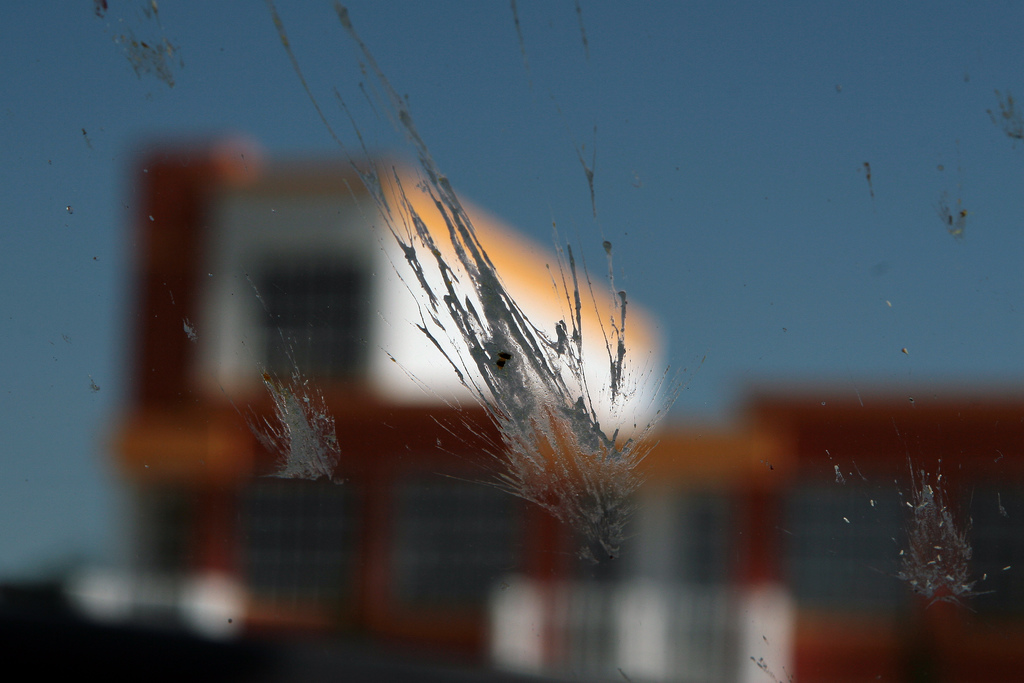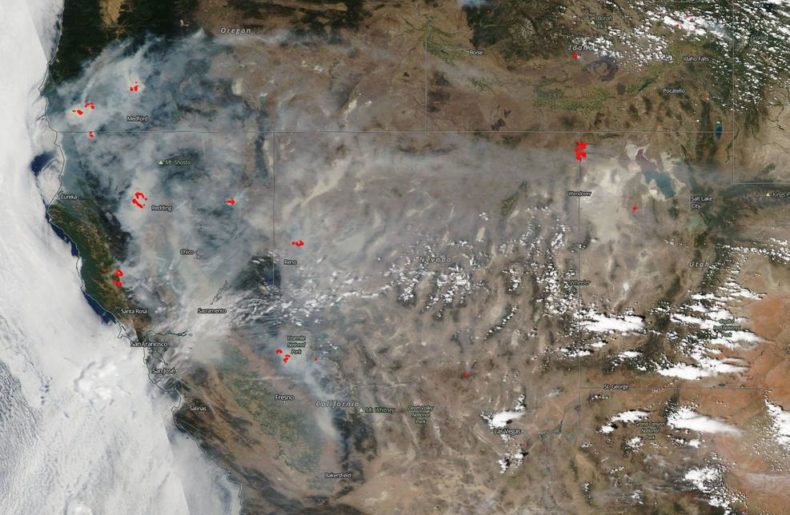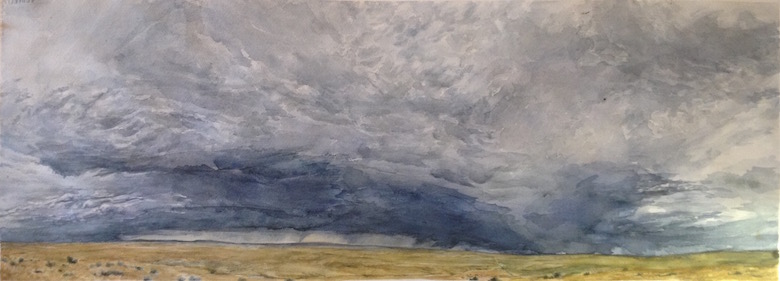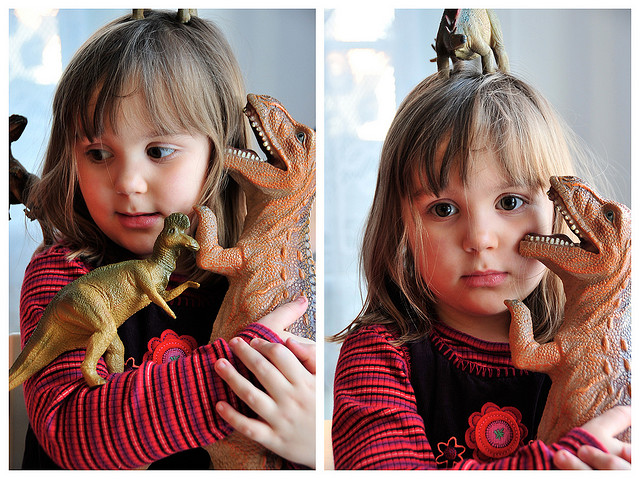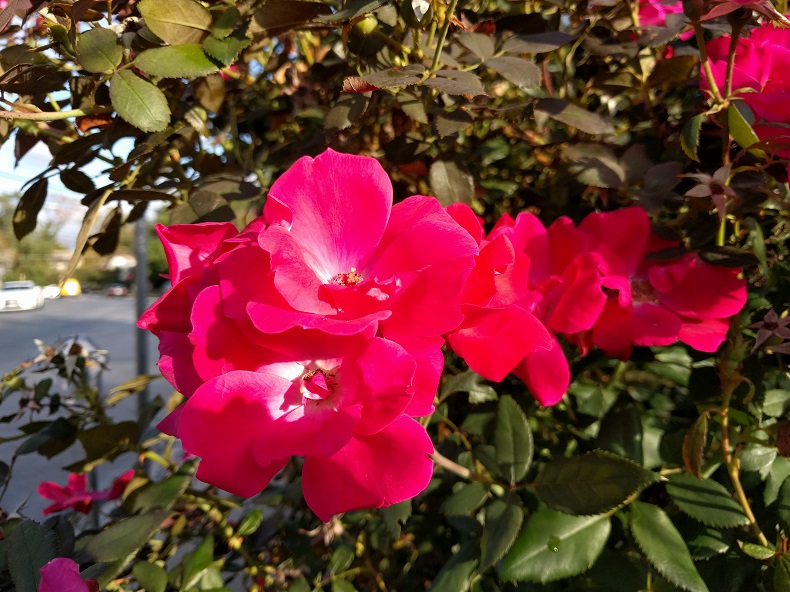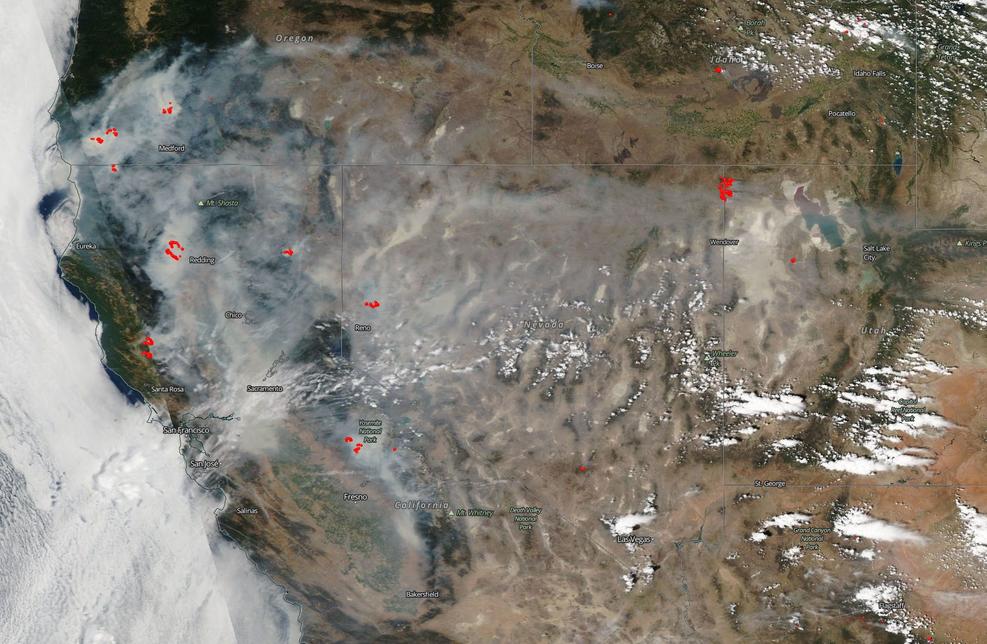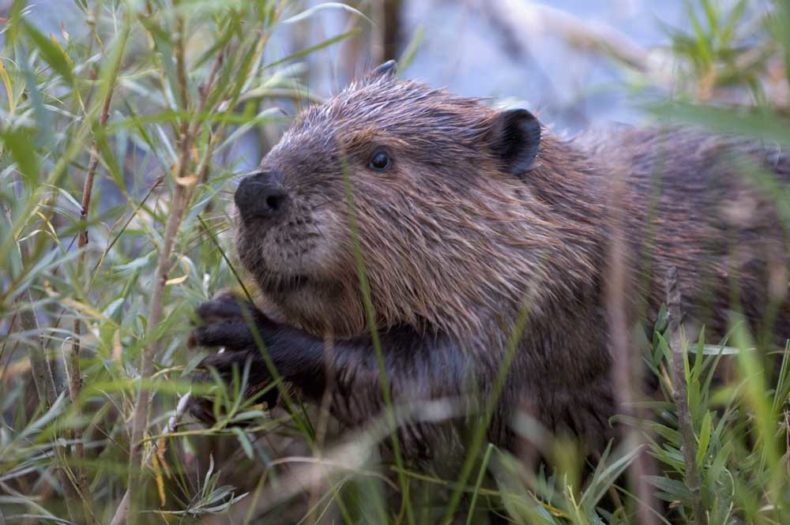
If you know anything about beavers, it’s likely that they build dams. Natures engineers, they’re called. Eager beavers are up and at ‘em, ready to build complex structures with the simplest materials in just the right spot to stop a river from flowing. In fact, engineering schools across the country — MIT, Oregon State, American River College to name a few — use the beaver as a mascot for this reason. What better animal to represent future engineers than one that builds?
Well, I recently read a book called Animal Constructions and Technological Knowledge by Ashely Shew that made clear that beavers are in fact the perfect mascot for technologists in Silicon Valley, but not in the way they might like.

